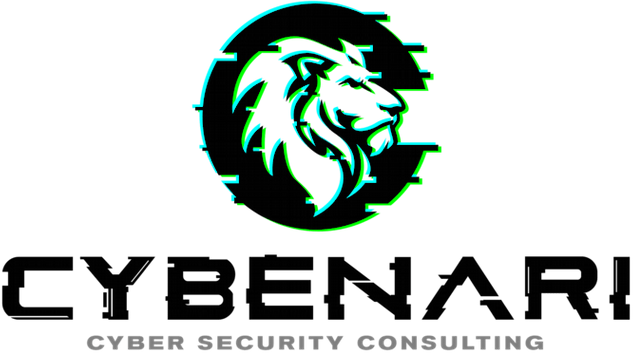Supervisory Control and Data Acquisition (SCADA) and Industrial Control Systems (ICS) play a critical role in managing and controlling industrial processes and critical infrastructure. However, their increasing connectivity to the internet and other networks has made them vulnerable to cyber threats. Securing SCADA and ICS environments presents unique challenges that demand a tailored approach to cybersecurity. In this blog post, we will delve into the distinctive challenges faced by SCADA and ICS systems and explore the best practices to ensure their robust security.
Understanding the Unique Challenges
- Legacy Systems: Many SCADA and ICS installations use legacy systems and equipment with limited or no built-in security features. These outdated systems may not be compatible with modern security measures, making them more susceptible to cyber-attacks.
- Continuous Operations: SCADA and ICS systems often operate 24/7, leaving little room for downtime (imagine shutting down you power producing gas turbine). Applying security patches and updates without disrupting critical operations can be challenging, leaving potential vulnerabilities unaddressed.
- Lack of Encryption: Encryption may not be commonly used in older SCADA and ICS systems, making them susceptible to eavesdropping and data interception. Securing data transmission in these environments is vital to prevent unauthorized access.
- Limited Security Awareness: Operators and personnel managing SCADA and ICS systems may have limited cybersecurity knowledge. This lack of awareness can lead to human errors that compromise system security.
- Remote Accessibility. This is perhaps the most interesting change in this sector. In many cases, SCADA and ICS systems are remotely accessible, from the Internet, which introduces additional risks. Remote access points can be targeted by cyber attackers if not adequately protected. When SCADA systems were first designed, their primary focus was on local control and monitoring of industrial processes within isolated and closed environments. They were not intended to be connected to the Internet or any external networks. However, with the rise of the Industrial Internet of Things (IIoT), industrial facilities are increasingly connecting SCADA systems to the Internet to improve operational efficiency, gather real-time data, and enable remote monitoring and control. While this interconnectivity offers numerous advantages, it also exposes these once-isolated systems to a new wave of cyber threats. By connecting SCADA systems to the Internet, they become potential targets for cyber-attacks from across the globe. Threat actors with malicious intent can exploit the inherent vulnerabilities in these systems, ranging from outdated software to weak authentication mechanisms, to gain unauthorized access, disrupt operations, cause physical damage, or steal sensitive information. The exposure of SCADA systems to the Internet has brought forth a critical need for robust cybersecurity measures and continuous monitoring to protect critical infrastructure and industrial processes from ever-evolving cyber threats. Organizations must adopt a security-by-design approach, continuously update and patch their systems, and enforce strong access controls to secure SCADA systems in this interconnected era.
Best Practices for Securing SCADA and ICS
- Conduct Risk Assessments: Perform regular risk assessments to identify and prioritize potential threats and vulnerabilities in SCADA and ICS environments. Understand the potential impact of these risks on critical operations.
- Network Segmentation: Implement network segmentation to isolate critical SCADA and ICS components from less secure systems. This restricts lateral movement by attackers and limits the impact of a breach.
- Regular Patch Management: Establish a robust patch management process to ensure that vulnerabilities in SCADA and ICS systems are promptly addressed. Consider virtual patching and compensating controls for legacy systems where timely updates are not possible.
- Implement Strong Authentication: Enforce strong authentication mechanisms, such as two-factor authentication, to control access to SCADA and ICS systems. This prevents unauthorized individuals from gaining entry.
- Encryption and Secure Protocols: Use encryption and secure communication protocols to safeguard data transmitted between SCADA and ICS components. This prevents data interception and manipulation by malicious actors.
- Employee Training and Awareness: Conduct regular cybersecurity training for personnel operating and managing SCADA and ICS systems. Educate them about potential threats, best practices, and the importance of following security protocols.
- Continuous Monitoring and Incident Response: Deploy continuous monitoring tools to detect suspicious activities and potential intrusions in real-time. Establish an effective incident response plan to swiftly respond to and mitigate cyber incidents.
Conclusion
Securing SCADA and ICS environments is a complex undertaking that requires a comprehensive and tailored approach. Understanding the unique challenges faced by these critical systems is crucial in designing effective cybersecurity strategies. By implementing best practices such as risk assessments, network segmentation, strong authentication, and regular patch management, organizations can significantly enhance the security of their SCADA and ICS infrastructure. A proactive and vigilant cybersecurity approach is essential to safeguarding these vital components of industrial operations and critical infrastructure from emerging cyber threats.

